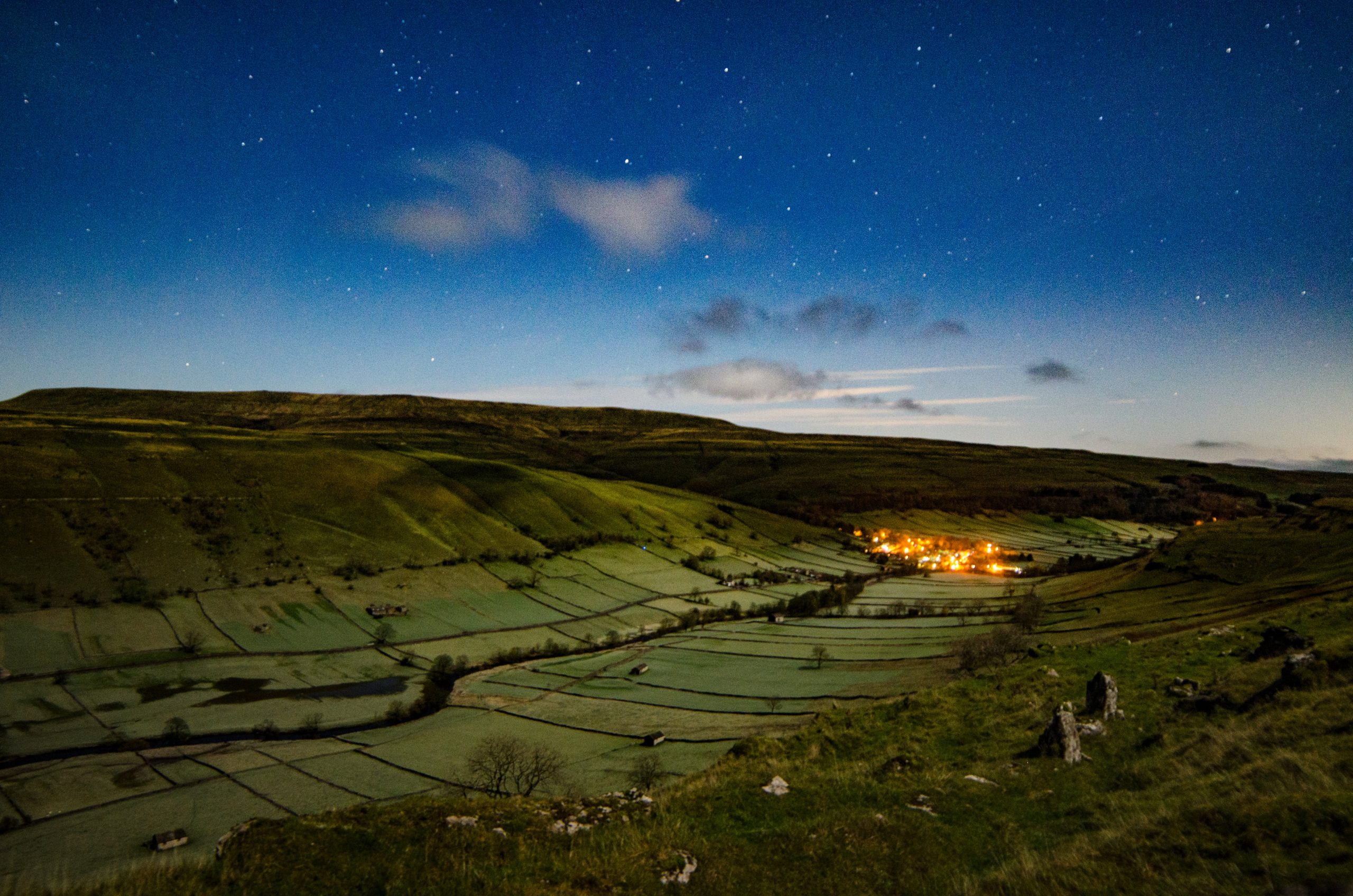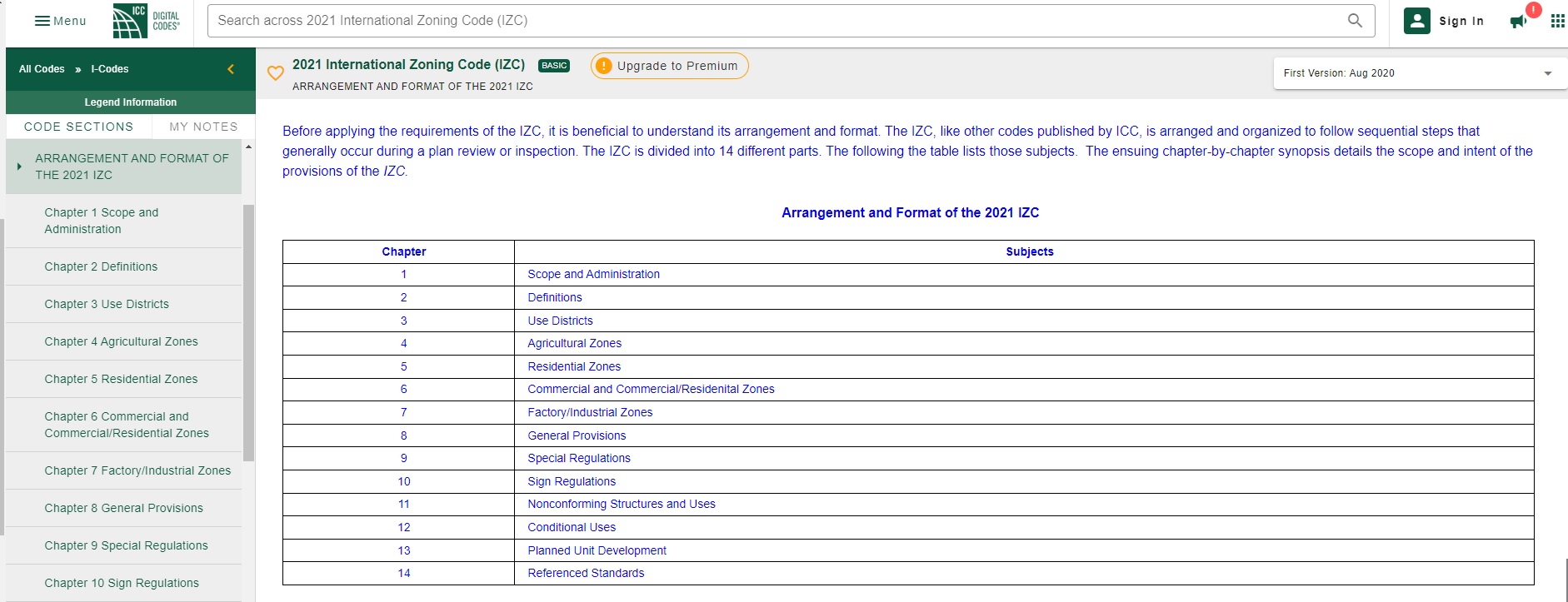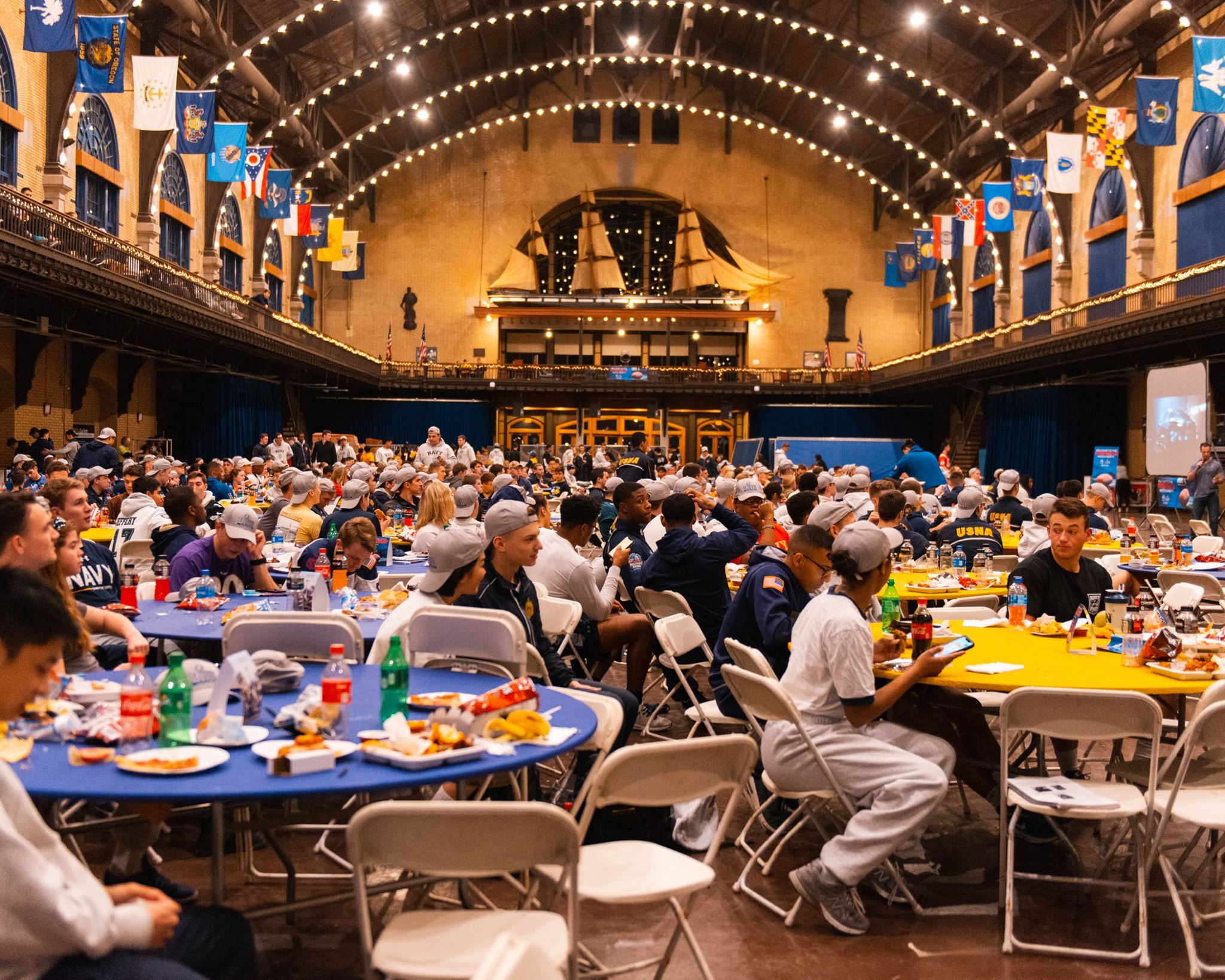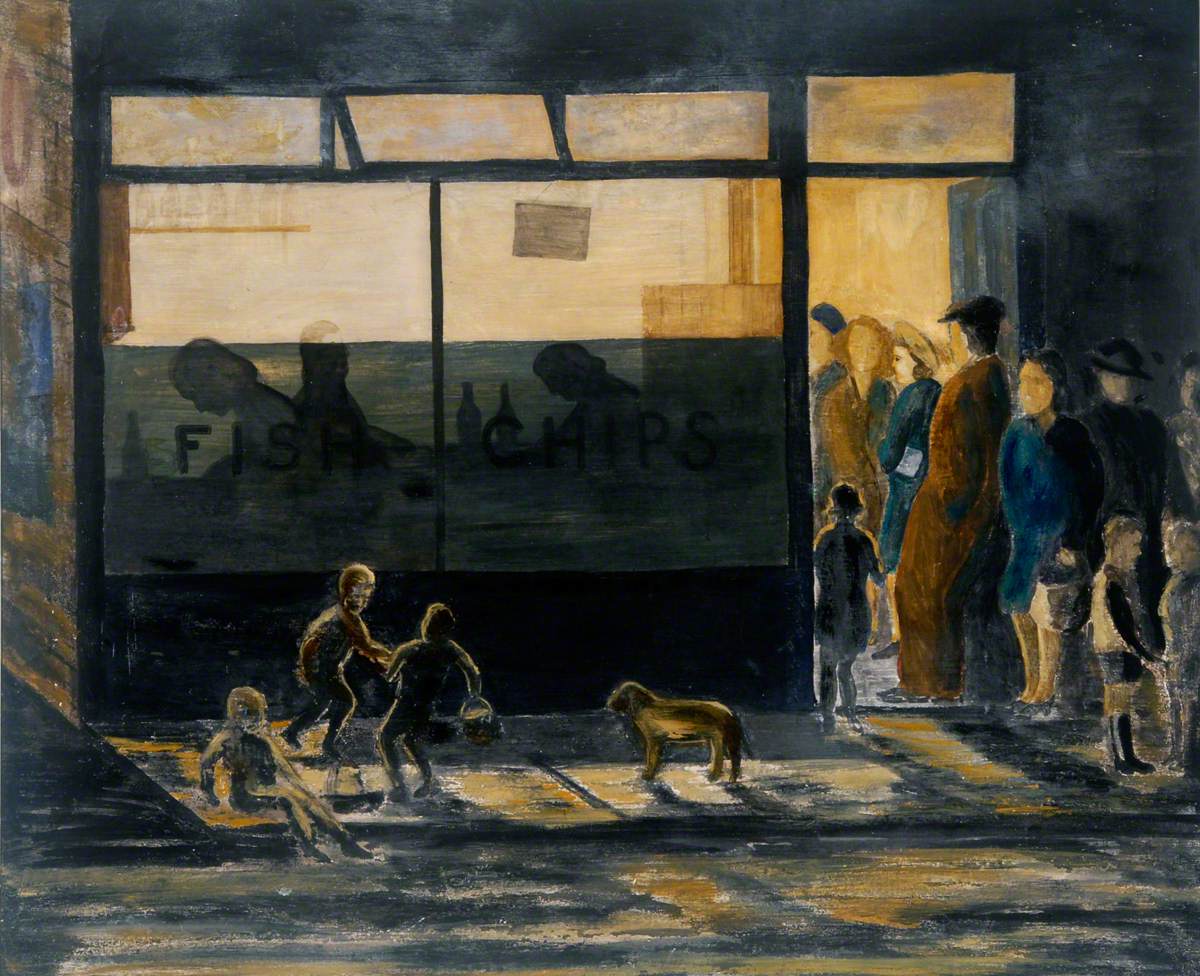IEEE Education & Healthcare Facilities Committee
NEC Section 226.6 Conductor Size and Support (B) Festoon Lighting
EC&M Article 225: Outside Branch Circuits
Electrical Time: Definition of Festoon Lighting
Today we refresh our understanding of the moment in illumination technologies for outdoor lighting systems— related but different from our exploration of building interior illumination systems in Illumination 200. Later in 2024 we will roll out Illumination 400 (Holiday illumination) and Illumination 500 which explores litigation related to public illumination technology. As cities-within-cities the shared perimeter of a campus with the host municipality has proven rich in legal controversy and action.
Illumination technology was the original inspiration for the electric utility industry; providing night-time security and transforming every sector of every economy on earth. Lighting load remains the largest component of any building’s electric load — about 35 percent– making it a large target for energy regulations.
Our inquiry begins with selections from the following documents…
International Electrotechnical Commission TC 34 Lighting
IEC 60364 Electrical Installations in Buildings
2023 National Electrical Safety Code
2023 National Electrical Code: Article 410 (While the bulk of the NEC concerns indoor wiring fire hazards, there are passages that inform outdoor lighting wiring safety)
2019 ASHRAE 90.1: Chapter 9 Lighting
Illumination Engineering Society: Various titles
Salt Water River Project: Outdoor Lighting Standards
US DOE-EERE Building Energy Codes Program
…and about 20 other accredited, consortia or ad hoc standards developers and publishers aligned principally with vertical incumbents. Illumination was the original inspiration (i.e. the first “killer app”) for the electrical power industry in every nation. Its best practice literature reflects a fast-moving, shape-changing domain.
Click in today with the login credentials at the upper right of our home page.
McGill University: Before electricity, streets were filled with gas lights
Outdoor lighting systems can be owned and maintained by different entities depending on the context and location. Here are some examples of ownership regimes for outdoor lighting systems:
- Public ownership: In this case, outdoor lighting systems are owned and maintained by the local government or municipal authority. The lighting may be installed in public spaces such as parks, streets, and other outdoor areas for the safety and convenience of the public.
- Private ownership: Outdoor lighting systems may be owned by private individuals or organizations. For example, a business owner may install outdoor lighting for security or aesthetic reasons, or a homeowner may install outdoor lighting in their garden or yard.
- Co-owned: Outdoor lighting systems may be owned jointly by multiple entities. For example, a residential community may jointly own and maintain outdoor lighting in their shared spaces such as parking areas, community parks, or recreational facilities.
- Utility ownership: Outdoor lighting systems may be owned and maintained by utility companies such as electric or energy companies. These companies may install and maintain street lights or other lighting systems for the public good.
- Third-party ownership: In some cases, a third-party entity may own and maintain outdoor lighting systems on behalf of a public or private entity. For example, a lighting contractor may install and maintain lighting in a public park on behalf of a local government.
The ownership regime of an outdoor lighting system can have implications for issues such as installation, maintenance, and cost-sharing. It is important to consider ownership when designing and implementing outdoor lighting systems to ensure their long-term effectiveness and sustainability.
More
International Commission on Illumination
National Electrical Manufacturers Association
National Electrical Contractors Association
Representative Specifications
Sam Houston State University | Division 26500 Interior and Exterior Lighting
University of Delaware | Division 265100 Interior Lighting
Cal Poly University San Luis Obispo | Division 265100 Interior Lighting
Relevant Research
Enhancing the Sustainability of Outdoor Floodlighting for Cultural Heritage Buildings
Christian Wiman ✨ pic.twitter.com/r95fWwZZmP
— Dr. Maya C. Popa (@MayaCPopa) May 28, 2023



























